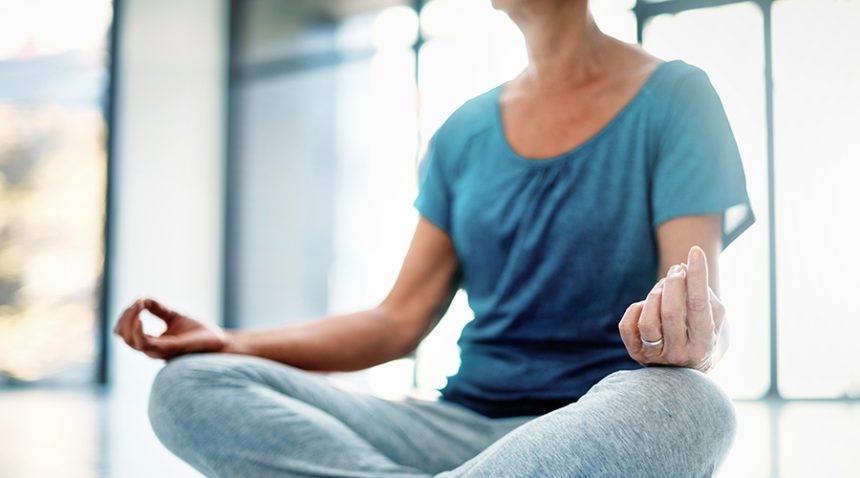Do you think you can’t exercise because you have COPD?
Think again, says UNC Health pulmonologist Ashley Henderson, MD.
“Keep moving, even if you have to go slowly,” she says. “You’ll feel better — and live longer feeling better — if you maintain some kind of activity.”
Chronic obstructive pulmonary disease, or COPD, is emphysema and/or chronic bronchitis with an obstructed airway. COPD can leave you short of breath, and you may even need supplemental oxygen delivered via a hose connected to a tank (cylinder) or a machine called a concentrator.
“Don’t let your need for oxygen hinder you,” Dr. Henderson says. “There are ways to stay mobile.”
Choosing How to Exercise with COPD
What kind of exercise you can do depends on your physical condition and your preferences. Make sure you talk with your doctor before starting a new exercise program, especially if you haven’t been very active. But you may be surprised by the range of activities you can do.
“If you have portable oxygen, you can walk, ride a bicycle or stationary bike, even play pickleball,” Dr. Henderson says. “Swimming can be tricky, but I know someone who puts his oxygen on the side of the pool and walks laps.”
Lifting light weights may be helpful, too, because it can strengthen chest muscles that help people with COPD breathe better.
She also suggests trying yoga because “it can increase your core body strength and your upper-body strength.”
The amount of exercise you need will depend on your health.
“If you start having chest pain, it’s past time to stop,” she says. “If you exercise in the morning and you’re out of energy for the rest of the day, you need to cut back until you have built up more endurance. But if you keep at it, over time the endurance will come.”
Staying active while on oxygen is much easier if you have a portable oxygen source that you can carry or roll with you, but even stationary oxygen sources should come with a hose long enough for a person to move around the house.
“Just be careful with that extra-long hose,” Dr. Henderson says. “It’s easy to trip over.”
Pulmonary Rehabilitation Programs Can Help
Many medical centers have pulmonary rehabilitation programs, which provide education and exercise to help people manage their breathing problems.
The educational component helps people understand their disease, how to get the most out of their medicine and oxygen therapy, and even how to talk with doctors about their symptoms and concerns.
The exercise sessions are supervised by pulmonary rehabilitation staff, who prepare an individualized exercise program for each patient. They constantly monitor your progress and increase the difficulty or length of exercises as you are able. Most programs meet two or three times a week and can last four to 12 weeks or longer.
Group meetings allow patients to learn and practice breathing techniques that can help them get through stressful situations or times when they need to be particularly active.
If your doctor determines that pulmonary rehabilitation is right for you and provides a referral, then many insurance plans, including Medicare, will cover all or part of the cost. If you don’t have access to a pulmonary rehabilitation program, talk to your doctor about other resources available in your area.
If you have been diagnosed with COPD, talk to your doctor about ways to stay active to keep you feeling better longer. To learn more about pulmonary rehabilitation programs available through UNC School of Medicine.

